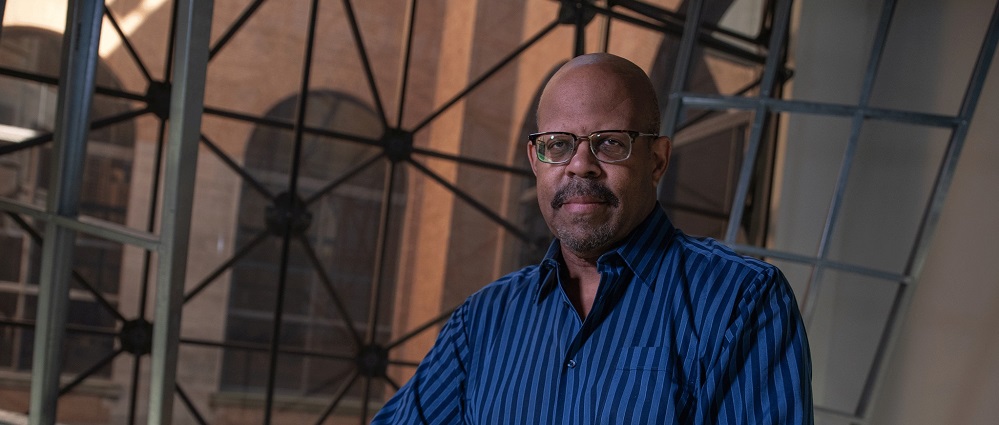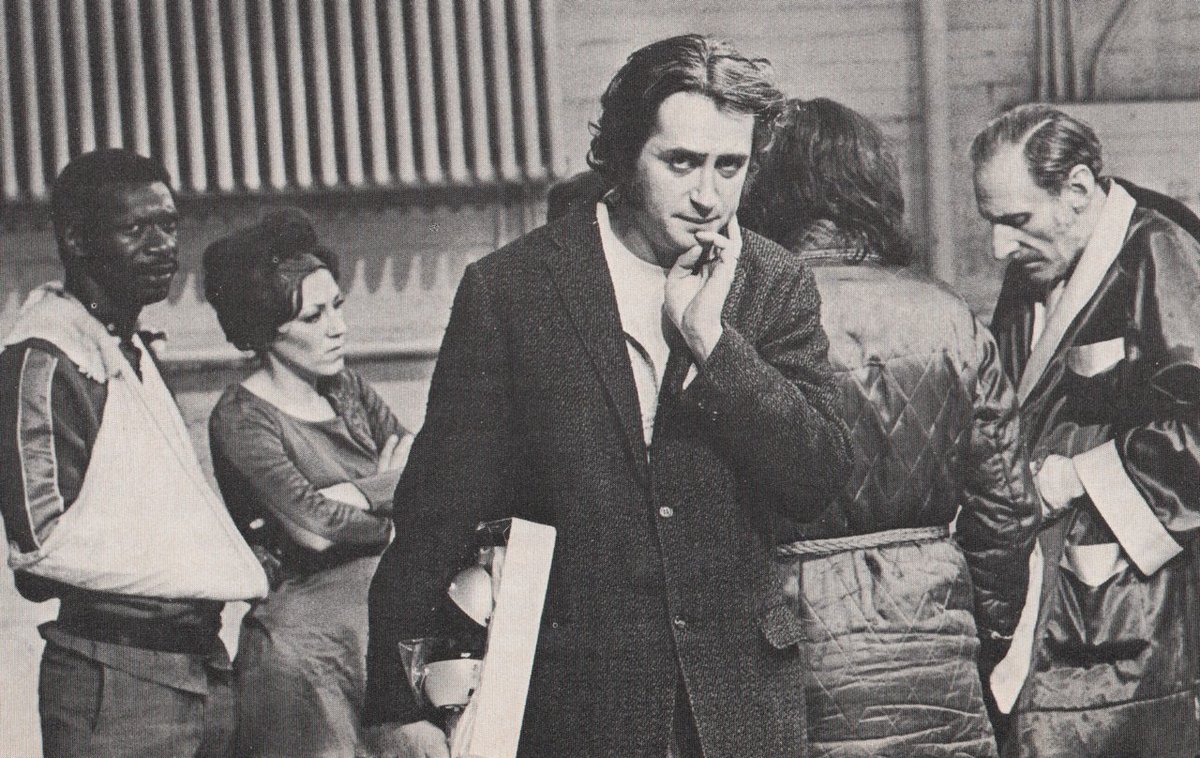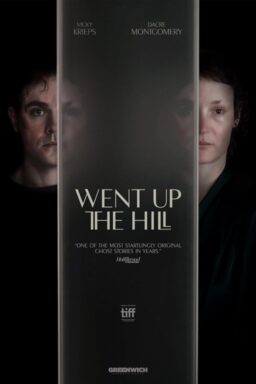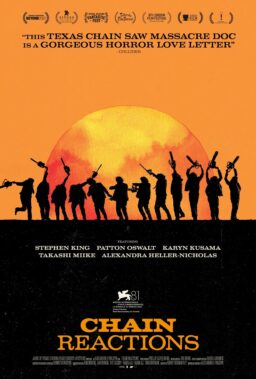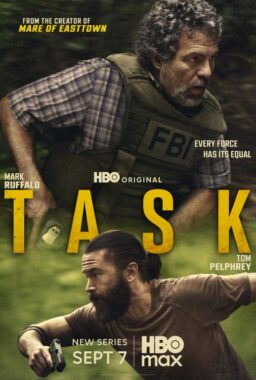It seems oddly appropriate that the passing of filmmaker and actor Robert Downey Sr. would come the same week as that of Richard Donner. Downey, who lost a long battle with Parkinson’s Disease at the age of 85, and Donner represented, in their own unique ways, the wide range and versatility in filmmaking that seems to be an increasingly lost art.
Donner was on the A-list of old school Hollywood studio professionalism with not a frame out of place or a master shot that wasn’t beautifully composed. But Downey was a true maverick in the real sense of the word. He was a genuine independent filmmaker who didn’t bother with all the Hollywood folderols. He explored and pushed the bounds of cinema. He had no patience for the suits in the black tower overlooking his shoulders doing test analysis and marketing research surveys of what audiences would like. He was true to himself and made the films that he wanted to make even if audiences and critics didn’t appreciate them. No worries. They would come around.
However, for an independent filmmaker, Downey had something much in common with those great Golden Age of Hollywood directors of the past such as Leo McCarey, Raoul Walsh, or John Huston. Like them, he led a life of experiences and adventures long before he started making films, and that give him a greater understanding of human behavior than some UCLA film school grad.
Born in New York in 1936 to a family of Hungarian Jewish and Irish stock, Robert Elias Jr. joined the U.S. Army, taking the name Downey from his stepfather as his last name because he was underage to enlist. After the service he played minor league baseball, was a Golden Gloves boxing champion, and was a playwright, all before he began making his own films starting in the early 1960s.
During this period he turned out several movies, most of them no more than an hour long, such as “Babo 73” and “Sweet Smell of Sex.” But what got attention was his innovative “Chaffed Elbows” (1966), in which Downey used an innovative technique animating photos he took himself with some occasional live-action footage. The film told the bizarro story of a poor sad sack who falls in love and marries his mother, undergoes a hysterectomy (you read that right), is sold as a work of art, dies and goes to heaven, and eventually becomes a rock singer. “Chaffed Elbows” was absurdity for absurdity’s sake, but it created a sensation when it played in one New York theater along with Kenneth Anger’s gay/biker/occult iconic short film “Scorpio Rising” for seven months, before it broke out as a double bill playing in art cinemas across the country such as the Aardvark Theater in Chicago.

Following in 1969 was Downey’s breakout film and arguably his masterpiece, the subversive “Putney Swope,” an acidic and savagely funny satire skewering Black revolutionary politics, Madison Ave, and capitalism. “Putney Swope” takes no prisoners and plays no favorites and it’s all stuffed with Downey’s patented absurdist vision. In the film, a “token” Black advertising executive (Arnold Johnson, though Downey reportedly dubbed his own voice for Swope) at a Madison Avenue ad firm becomes the head of the company after the death of the founder when an idiotic plan by other execs to keep him out of power backfires.
Swope immediately staffs his agency, renamed Truth and Soul Inc, with Black radicals, firebrands, charlatans and kooks (including the great Antonio Fargas in his film debut, who Downey saw in a play and immediately cast in the film) and begins an agenda to totally overthrow the system, producing commercials attacking society, racism, and all-American values. But even the best or most revolutionary of intentions go awry and corruption and greed seeps in. Eventually, the whole grand venture goes up in smoke. “Putney Swope” is a film with a jaundiced view of people and their desires. No one is safe and Downey takes nothing for granted. In the end, we are all guilty and commended by our own faults.
Coming on the heels of “Putney Swope” was “Pound” in 1970, released by United Artists with an X rating by the newly formed MPAA ratings system. The controversial film was based on his earlier 1961 Off-off Broadway play about an unusual collection of stray dogs (all played by humans in normal dress and makeup, with Robert Downey Jr. in his first screen appearance at the age of five playing a puppy) waiting to be euthanized. In Downey’s view, humans are not that much different than dogs fighting for survival. It’s intentionally vulgar, outrageous, and designed to be off-putting. That is the beauty of it. Downey took the new liberties that the MPAA ratings system gave filmmakers and pushed them to what was then the limit. Though there’s nothing in the film today that would warrant even remotely an X or NC-17 rating, it’s still not an easy film to sit through. The movie’s final scene intentionally brings up images and memories of the gas chambers of the Nazi concentration camps. Downey loved to make audiences uncomfortable, to shake them out of their quiet contemplative lives and to confront the system.

His other great film was 1972’s “Greaser’s Palace,” which takes the story of Christ and turns it on its head. Described as an “acid western” by critic Jonathan Rosenbaum at the time of its release, “Greaser’s Palace” fits neatly into that sub-genre of westerns that were more metaphysical in approach and influenced by the counter-culture moment of the late ‘60s and ‘70s such as “Zachariah,” “El Topo,” and “The Hired Hand.”
Set in the old West in New Mexico, the film revolves around Jesse (Alan Arbus), who dresses in loud clothes like an old-time vaudevillian of the period. He wanders around the vast landscape making miracles, healing the sick, bleeding stigmata from his hands, and tap-dancing across water. Of course, he is crucified at the end. But, for Downey, religion was just as good of a subject matter as race and capitalism even if it’s all just show business.
In 1973, Downey raised hackles again when he directed for CBS a live TV broadcast of David Rabe’s play Sticks and Bones, about a blinded returning Vietnam war veteran trying to come to terms with his new life. The broadcast was so controversial for advertisers that the network could not find a single sponsor for the program and was forced to broadcast it commercial-free.
He continued to direct films even venturing into occasional TV directing and acting on films such as “To Live and Die in L.A.,” “Magnolia,” “Boogie Nights” and even “Matlock.” But his last significant film was 1997’s “Hugo Pool,” which Downey himself said he was not pleased with in the end, but is not quite the disappointment that Downey felt it was. It’s a quirky, funny and, yes, uncomfortable film in which Downey subverts the usual expected cliches and tropes.
Based on the personal experiences Downey had dealing with his ill wife, Alyssa Milano plays a pool cleaner, who encounters various sorts of people from a frantic, neurotic filmmaker (Downey Jr.) a young man struggling with ALS (Patrick Dempsey), and gangsters, all while dealing with her own needy parents, played by Cathy Moriarty and Malcolm McDowell.
“Pool” is a film about personal relationships in all their unusual, unexpected, oddball ways. Life is a journey in which a single day can change one’s life. “Pool” asks us to embrace all the weirdness that life gives us.
At the news of his death, someone remarked to me that Downey was an “irritant.” That was exactly what he was. An irritant, an agitator, and someone whose main goal was to upend social norms. His films were a reflection of us. All our goods and mainly bads. He used the freedom of cinema to push the boundaries of what was permissible. To be an artist is to be free. Downey freed cinema in ways unimaginable.
